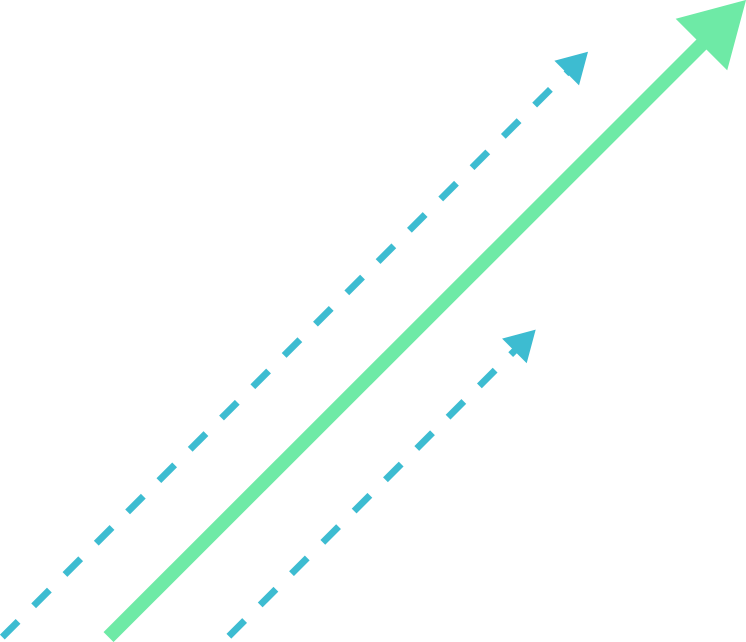Problem / Challenge.
It can be difficult to monitor the senior’s health, especially if their family lives abroad. This problem usually results from a lack of connection, making it difficult to understand what specific medical issues they are facing. In this scenario, even the physicians don’t have an overall view of the senior’s health.
Challenge: How might we design a solution that allows families and physicians to work together to improve seniors’ healthcare and communication?
Our role & how we embraced it.
Our expert team faced this problem using a Human-Centered Design approach. With the information given by the stakeholders, we began the discovery phase to understand the target, goal, and people’s needs. Once we had a clear understanding of the existing system and needs, we began creating user journeys, wireframes, and high-fidelity mockups as proof of concept. All these designs were simultaneously validated to confirm that they met the business and people’s needs.
In going through this process, we identified three key users for the product:
- The Senior: elderly person in need of assistance
- The Follower: a family member or another person who monitors and cares for the senior
- The Physician: medical personnel responsible for the senior’s health
The outcome.
- The mobile app design is especially focused on accessibility (a11y).
- We designed a complex project that involves a wearable, a mobile app, and desktop software. This solution was envisioned for three different types of users, with particular considerations for each, and always with a network that connects them.
- The mobile app and the smart band work together in an emergency situation, wherewith a faster response could save their life.



